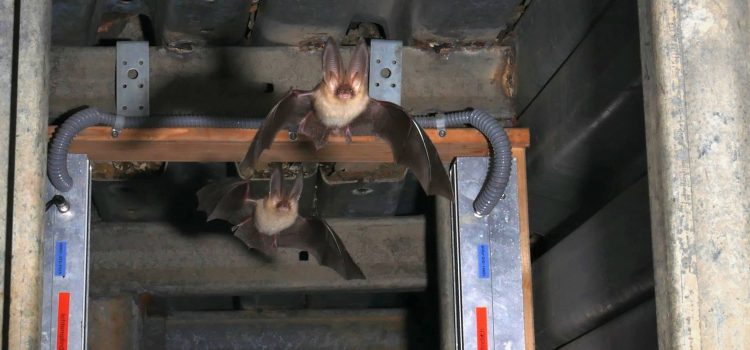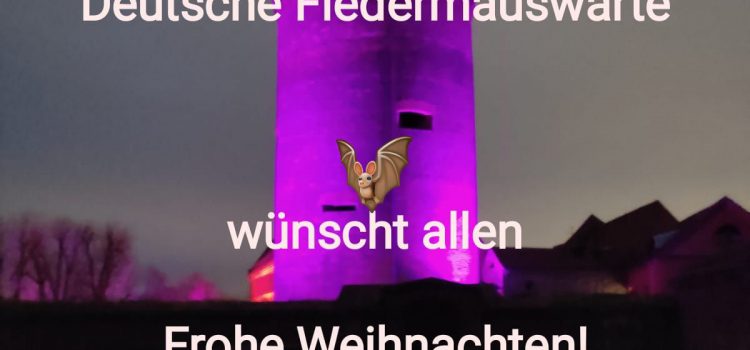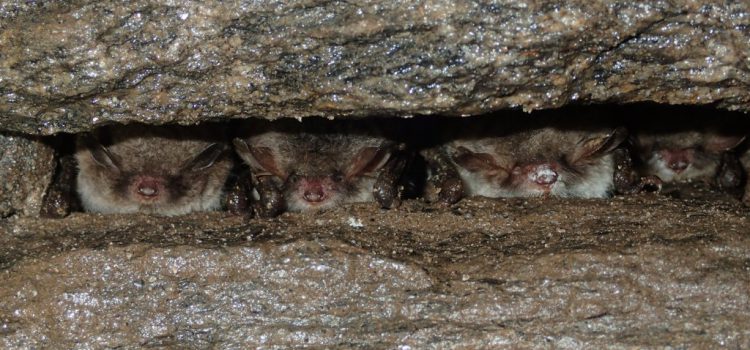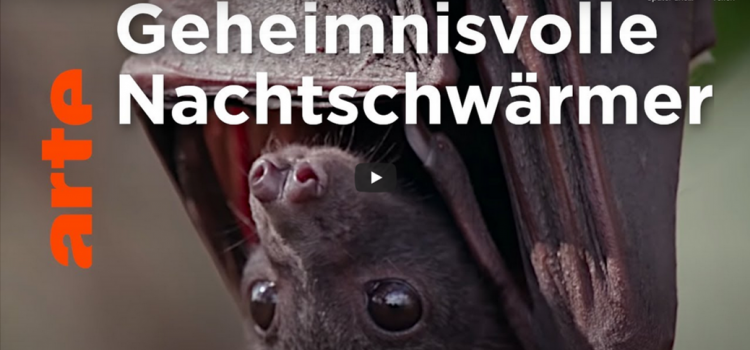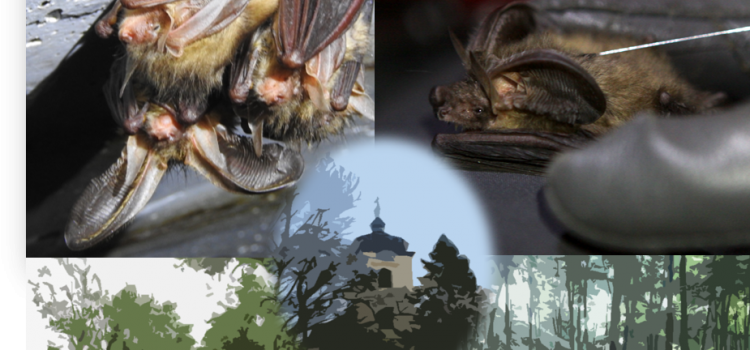Emerging infectious diseases can become a serious threat to wildlife, a well-known example is white-nose disease, in which the cold-loving fungus Pseudogymnoascus destructans attacks bats during hibernation, penetrating the skin and causing damage. In North America, the disease has already
Field methodology for monitoring white-nose disease in hibernating bats
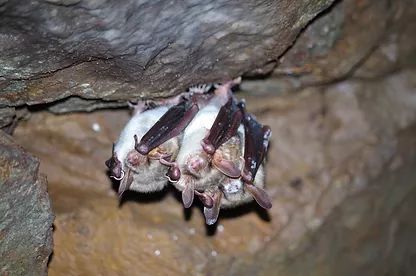



![Information on bats and SARS-CoV 2 – Version 2.0 as well as recommendations for bat workers [in GERMANY] Information on bats and SARS-CoV 2 – Version 2.0 as well as recommendations for bat workers [in GERMANY]](https://www.deutsche-fledermauswarte.org/wp-content/uploads/2022/01/cover-750x350.png)
